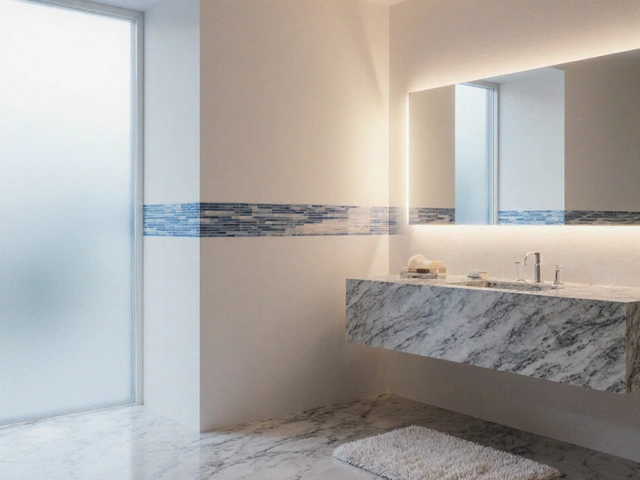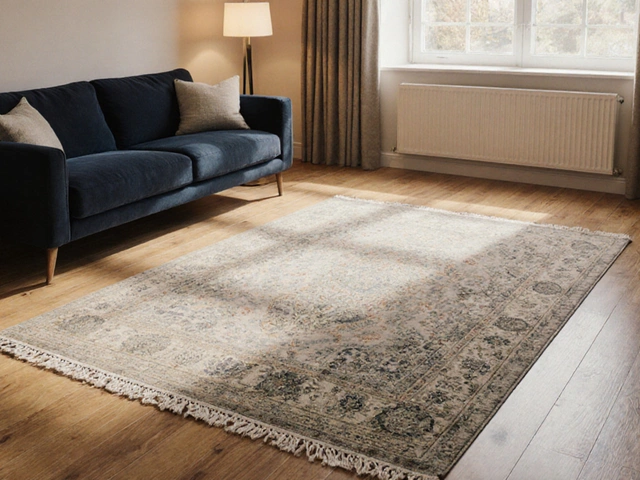Which Sofa Fabric Is Most Durable? Top Choices for High-Use Homes
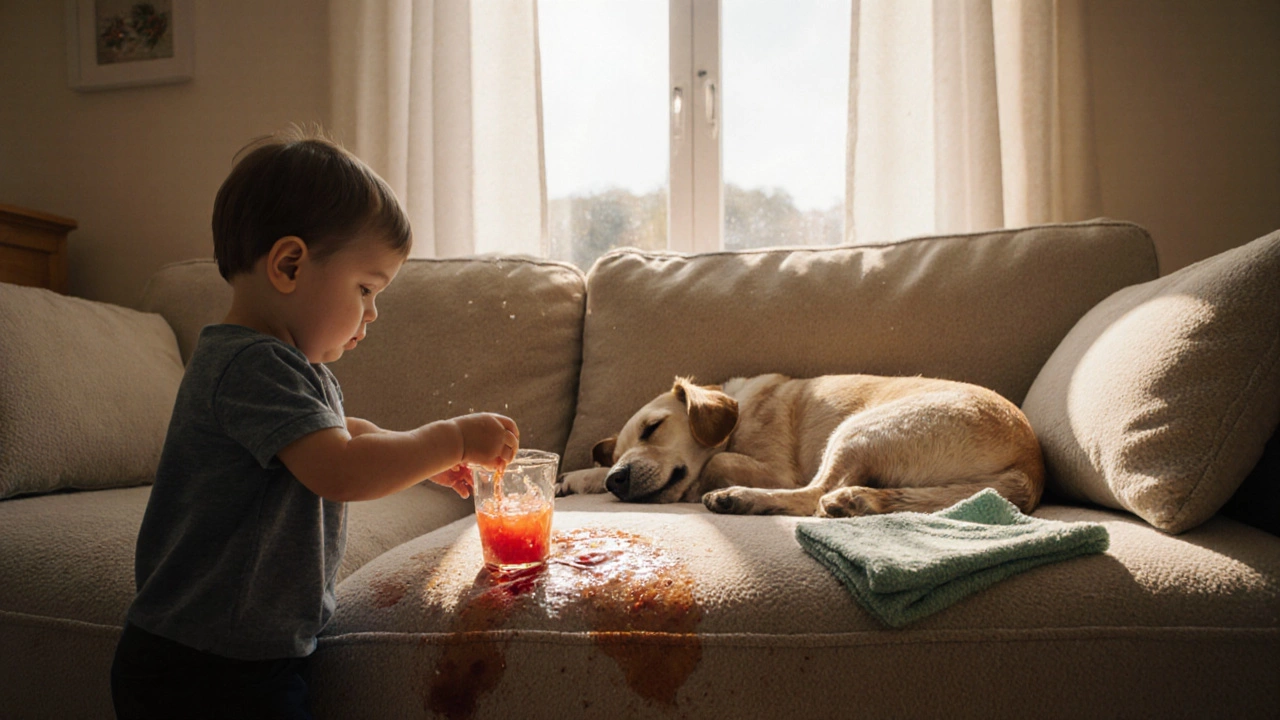
Sofa Fabric Durability Calculator
Find Your Perfect Fabric
Based on your lifestyle and usage patterns, this calculator recommends the most durable sofa fabrics for your home.
Please select your preferences to see your results
Let’s be real - if you’ve ever spilled coffee on your sofa, had a dog jump on it with muddy paws, or watched a toddler drag a toy across the armrest, you know fabric choice isn’t just about looks. It’s about survival. The right sofa fabric can last 10 years or more. The wrong one? It starts looking worn out after six months. So which fabric actually holds up under real life?
Performance Fabrics Are the New Standard
Forget the old idea that leather or linen are the only durable options. Today, performance fabrics - engineered textiles made with stain-resistant, fade-resistant, and abrasion-resistant tech - are the go-to for homes with kids, pets, or heavy use. Brands like Crypton, Sunbrella, and Revolution have turned upholstery into something you can clean with a damp cloth and a little soap.
These fabrics aren’t just coated with chemicals. They’re built with tightly woven synthetic fibers like polyester, polypropylene, or nylon that repel liquids and resist pilling. A 2024 test by the Furniture Industry Research Association showed that top-tier performance fabrics withstand over 100,000 double rubs (the industry standard for wear testing). That’s 5-10 times more than standard cotton or linen.
Leather: Tough, But Not Always Practical
Leather has a reputation for lasting decades. And it does - if you treat it right. Full-grain and top-grain leather are the most durable types. They’re made from the outermost layer of the hide, which means they’re naturally strong and develop a beautiful patina over time.
But here’s the catch: leather is sensitive. Sunlight fades it. Pet claws can tear it. Spills like wine or grease soak in if not cleaned immediately. And if you live in a humid climate like Auckland, leather can get sticky or crack if it’s not conditioned every 6-12 months. It’s durable, yes - but it demands care.
For families or pet owners, bonded or corrected-grain leather is a cheaper alternative, but it’s far less durable. It’s made from scraps glued together and coated with a plastic layer. It looks like leather but wears out faster.
Microfiber: The Hidden Champion
Microfiber might not sound glamorous, but it’s one of the most underrated fabrics for durability. Made from ultra-fine polyester or nylon fibers (often less than 1 denier thick), it’s tightly woven to form a dense, soft surface that resists stains, scratches, and fading.
Here’s why it works: liquids bead up and sit on top instead of soaking in. Pet hair wipes off easily. It doesn’t pill like cotton. And it’s way more affordable than leather or performance linen.
A 2023 survey of 1,200 New Zealand households found that microfiber sofas lasted an average of 8.7 years before showing noticeable wear - the longest of any fabric type tested. And because it’s machine-washable in many cases (check the label!), cleaning up after a spilled smoothie or muddy boots is a breeze.
Performance Cotton and Linen: Better Than You Think
Traditional cotton and linen are often dismissed as delicate. But modern versions are treated with durable finishes that make them viable for daily use. Look for fabrics labeled as “performance cotton” or “stain-resistant linen.” These are treated with non-toxic, water-based coatings that block spills and resist fading.
Performance cotton is especially good for homes that want a natural, breathable feel without the maintenance. It’s softer than microfiber and holds color well. Linen, even treated, still wrinkles more than other fabrics - but if you like that relaxed, lived-in look, it’s worth it.
Just avoid untreated cotton or linen. They stain easily, shrink when washed, and fade fast in sunlight. If you’re going for this look, make sure it’s labeled as performance-grade.
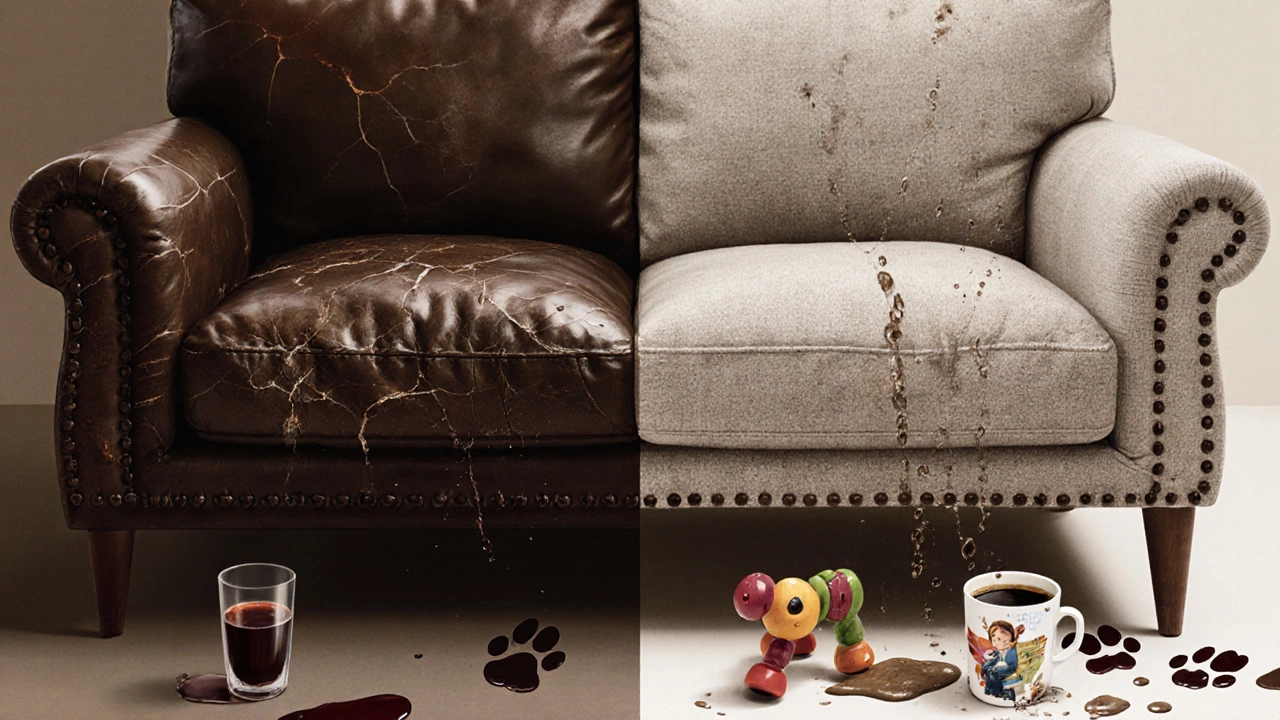
Velvet: Elegant, But Only for Low-Traffic Areas
Velvet looks luxurious. It’s soft, rich, and makes a room feel cozy. But unless you’re using performance velvet (which exists, but is rare and expensive), it’s not built for daily chaos.
Traditional velvet crushes under pressure. Pet claws snag it. Dirt gets trapped in the pile. And once it’s stained, it’s nearly impossible to clean without professional help. If you have a formal living room that rarely gets used, velvet is a dream. If your sofa is the family’s command center? Skip it.
Some brands now make velvet with synthetic blends and stain-resistant finishes. These are better - but still not as tough as microfiber or performance fabrics.
What About Synthetic Blends?
Most modern sofas use blends - polyester with nylon, or acrylic with spandex. These aren’t just filler. They’re designed to balance comfort, cost, and durability.
Look for blends with at least 80% synthetic fibers. Polyester adds strength and stain resistance. Nylon adds abrasion resistance. Acrylic mimics wool’s softness without the shedding. Spandex adds stretch, which helps the fabric bounce back after sitting.
Blends with more than 20% natural fibers (like cotton or wool) are riskier. They’re more prone to fading, shrinking, and staining. Stick to synthetics if durability is your top priority.
How to Test Fabric Durability Before You Buy
You can’t always rely on the salesperson’s word. Here’s how to check for yourself:
- Check the double-rub count. Look for fabrics rated 30,000 double rubs or higher. For heavy use, aim for 50,000+. Anything under 15,000 is for decorative use only.
- Do the stain test. Ask for a swatch. Spill a little water, coffee, or red wine on it. Wait 10 minutes. Try wiping it off. If it comes clean with a damp cloth, you’re good.
- Rub it. Use your fingernail or a coin and rub the fabric hard for 10 seconds. If it pills, fuzzes, or shows white threads, it won’t last.
- Ask about cleaning. Can it be spot-cleaned? Machine-washed? Does it need professional cleaning? Avoid fabrics that require dry cleaning unless you’re willing to pay for it every year.
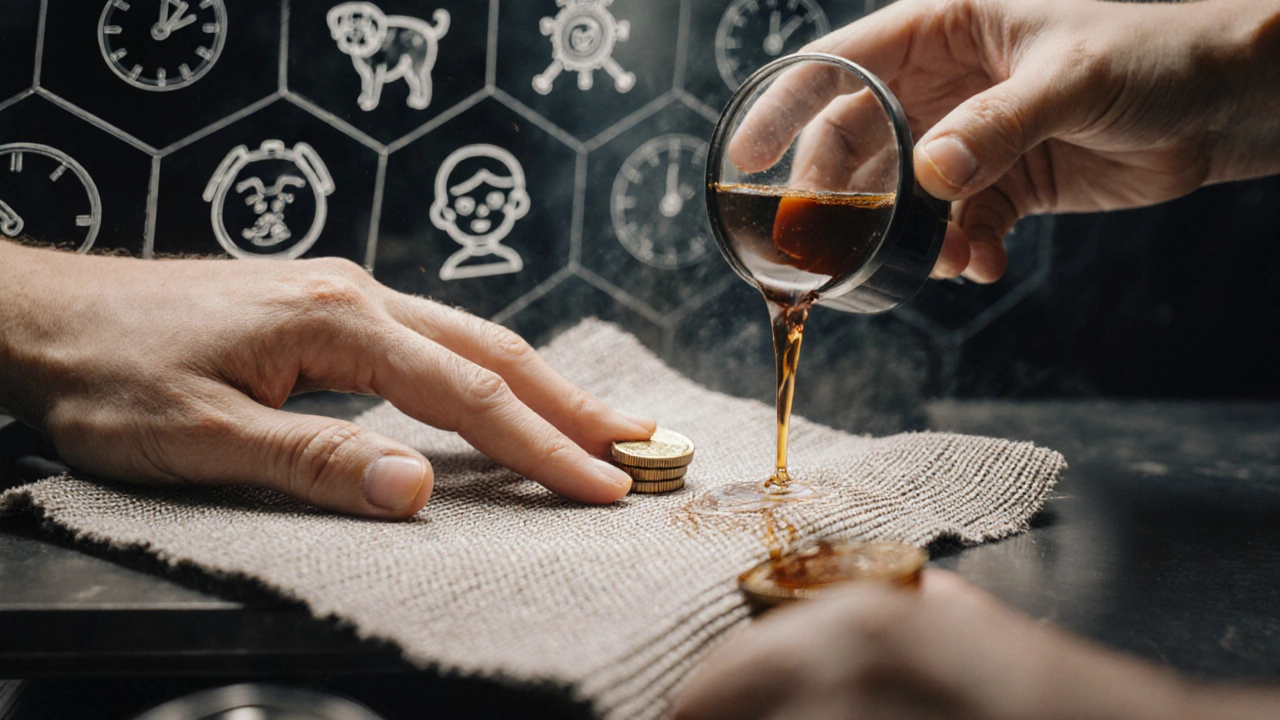
Top 3 Picks for the Most Durable Sofa Fabric
Based on real-world testing, durability ratings, and homeowner feedback, here are the best options:
- Performance Microfiber - Best overall. Resists stains, pet hair, and wear. Easy to clean. Affordable. Works in homes with kids, pets, or frequent guests.
- Crypton or Sunbrella Performance Fabric - Best for high-end durability. Used in outdoor furniture and healthcare settings. Water-, mold-, and odor-resistant. Comes in many colors and textures. Worth the investment if you want a sofa that lasts 15+ years.
- Performance Cotton - Best for natural feel. Looks and feels like linen or cotton but with modern protection. Ideal for light to moderate use and eco-conscious buyers.
Avoid: Untreated linen, velvet, wool, and 100% cotton unless you’re prepared for constant maintenance.
Final Tip: Fabric Isn’t Everything
A durable fabric won’t save a poorly made frame. Check the sofa’s construction: hardwood frame, sinuous springs, and high-density foam (at least 1.8 lb/ft³) are signs of quality. Even the toughest fabric will sag if the inside is flimsy.
And remember - no fabric lasts forever. But with the right choice, you can stretch its life by years. Choose durability first, then style. Your future self will thank you when your sofa still looks good after five years of chaos.
Is microfiber better than leather for pets?
Yes, microfiber is generally better for pets. Pet claws don’t tear it like leather, and pet hair wipes off easily. Microfiber also resists stains from accidents better than untreated leather, which can absorb odors and oils. Performance microfiber is washable, while leather requires regular conditioning and professional cleaning if stained.
Can I clean performance fabric with household cleaners?
Most performance fabrics can be cleaned with mild soap and water. Avoid bleach, ammonia, or harsh chemicals - they can break down the stain-resistant coating. Always test any cleaner on a hidden area first. For tough stains, a 50/50 mix of water and white vinegar often works without damaging the fabric.
Does dark fabric show wear more than light fabric?
Yes, dark colors tend to show fading and pilling more noticeably than light or medium tones. A black sofa might look great at first, but after a year of sun exposure, you’ll see the color fade faster than a charcoal or navy one. Lighter fabrics also hide dirt and pet hair better. If durability is your goal, go for medium tones.
How long should a durable sofa last?
A well-made sofa with durable fabric and solid construction should last 10-15 years with daily use. Performance fabrics like Crypton or microfiber, paired with a hardwood frame and high-density foam, can easily hit the 15-year mark. Cheaper sofas with low-grade fabric or foam may start looking worn after 3-5 years.
Is it worth paying more for performance fabric?
Absolutely. Performance fabrics cost 20-40% more than standard options, but they save you money long-term. You won’t need to replace your sofa as often, and cleaning costs are lower. For families, pet owners, or anyone who uses their sofa daily, the extra upfront cost pays for itself in durability and peace of mind.
Next Steps
Before buying, get fabric swatches. Test them at home under your lighting. Sit on them. Rub them. Spill something on them. If it passes, you’ve got a winner. And if you’re still unsure, ask the store for a warranty - good brands stand behind their performance fabrics with 5-10 year coverage against stains and wear.



